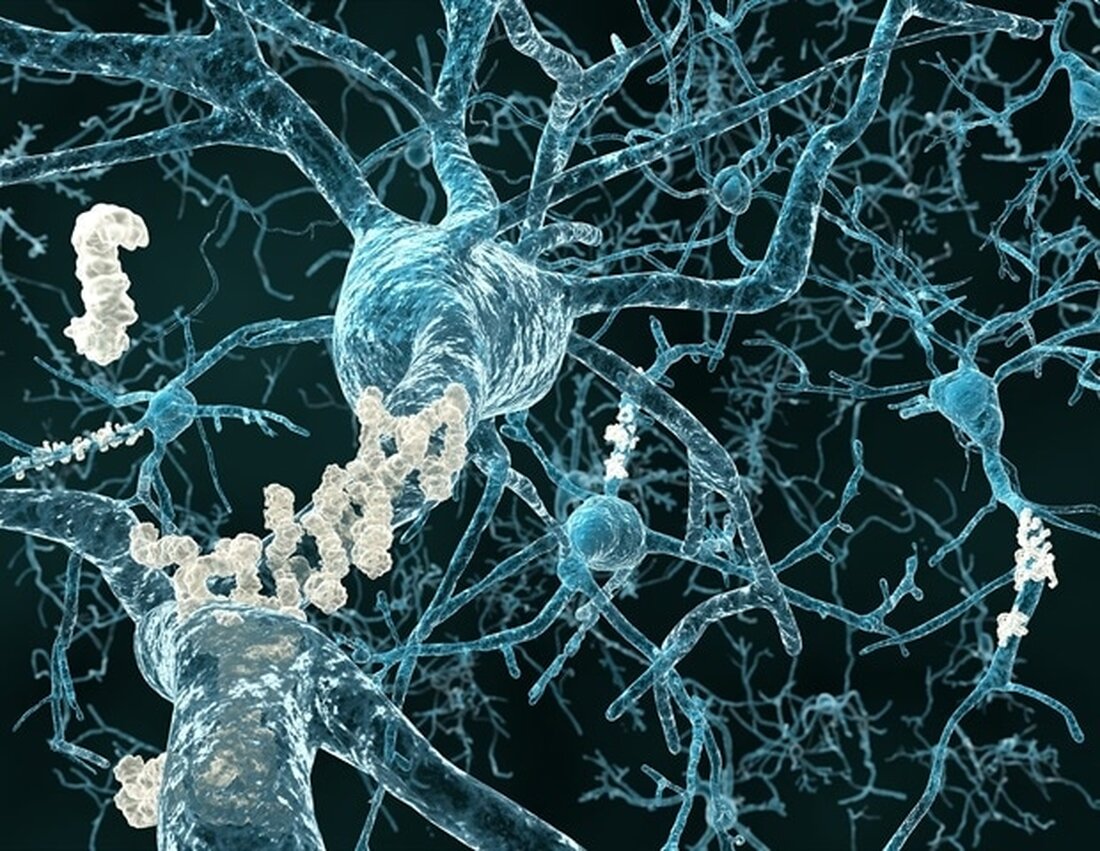The first computer model of its kind simulates a clinical trial evaluating two Alzheimer's drugs
An estimated 6.2 million Americans ages 65 and older are living with Alzheimer's disease. The National Alzheimer's Association predicts that number will rise to 13.8 million by 2060 unless medical breakthroughs are developed that would prevent, slow or cure the debilitating disease. Scientists may be one step closer to such a breakthrough thanks to a unique computer model that successfully simulated a clinical trial evaluating the effectiveness of several treatments for Alzheimer's disease (AD). “We call this a virtual clinical trial because we used real, deidentified patient data to simulate health outcomes,” said Wenrui Hao, associate professor...

The first computer model of its kind simulates a clinical trial evaluating two Alzheimer's drugs
An estimated 6.2 million Americans ages 65 and older are living with Alzheimer's disease. The National Alzheimer's Association predicts that number will rise to 13.8 million by 2060 unless medical breakthroughs are developed that would prevent, slow or cure the debilitating disease.
Scientists may be one step closer to such a breakthrough thanks to a unique computer model that successfully simulated a clinical trial evaluating the effectiveness of several treatments for Alzheimer's disease (AD).
“We call this a virtual clinical trial because we used real, deidentified patient data to simulate health outcomes,” said Wenrui Hao, an associate professor of mathematics at Penn State who is the lead author and principal investigator of the study published in the September issue of the journal PLoS Computational Biology. “What we found is almost exactly consistent with the results of previous clinical trials, but because we used virtual simulation, we had the added advantage of being able to directly compare the effectiveness of different drugs over longer trial periods.”
Using clinical and biomarker data, researchers created a computational causal model to conduct virtual trials of the FDA-approved treatment aducanumab, as well as another promising therapy currently under investigation, donanemab. The two drugs are among the first treatments designed to work directly on the cause of the disease rather than just treating the symptoms.
The investigators set the study time frame for both medium-term (78 weeks) and long-term (10 years) periods with low-dose (6 mg/kg) and high-dose (10 mg/kg) regimens for aducanumab, and a single-dose regimen (1400 mg) for donanemab. These are the same doses used in the human trials for FDA approval.
Their results confirmed what was found in actual clinical trials. Both drugs had a large and lasting effect on removing beta-amyloid plaques, a peptide found in the brains of people with Alzheimer's disease. The team also found that both treatments had a small effect on slowing cognitive decline in patients, although donanemab was slightly more effective than aducanumab over a simulated 10-year period.
With over 10 anti-amyloid therapies in development, an important question is which one is better. It often takes tens of millions of dollars and many years to conduct a side-by-side comparison of drugs. Our study showed that the effect of these two anti-amyloid drugs on slowing cognitive decline is actually quite modest – and almost undetectable when given late.”
Dr. Jeffrey Petrella, professor of radiology and director of the Alzheimer Imaging Research Laboratory, Duke University
eBook on laboratory diagnostics and automation
Compilation of the top interviews, articles and news from the last year. Download a copy today
Dr. Jeffrey Petrella is the collaborator and co-principal investigator of the study.
Petrella explained that there are still questions in the medical community about the effectiveness of removing amyloid plaques and whether the treatment, which is given monthly intravenously, actually prevents or delays cognitive decline.
"This uncertainty, combined with the 99 percent failure rate of trials of other classes of AD treatments, is rooted in an incomplete understanding of the complex mechanisms that lead to AD and how disease progression and response to treatment may vary from individual to individual," the researchers write. “It is therefore likely that personalized treatment will have to play a central role in the future treatment and counseling of patients with AD.”
The researchers also used their model to develop personalized treatment plans for individual virtual patients, taking into account the possible side effects of anti-amyloid therapy, such as brain swelling and bleeding, headaches, dizziness, nausea, confusion and vision problems. The team's results show that the optimal treatment regimen gradually increases the dose until it reaches a maximum dose and continues in a stable state.
"Our goal was to minimize cognitive decline while minimizing the treatment dose to limit associated side effects," said Suzanne Lenhart, Chancellor's Professor of Mathematics at the University of Tennessee, Knoxville, who worked on the study. “Our model will indicate the optimal treatment level of the drug over time, but perhaps more importantly, it will provide the optimal personalized treatment plan for each patient.”
Using the framework they developed, the researchers will now seek to apply computational modeling for optimal treatment to other single and combination AD therapies currently being evaluated and incorporate new data from clinical trials into their model as it becomes available.
The researchers acknowledged that such virtual studies involve numerous evidence-based assumptions regarding disease pathogenesis, therapeutic mechanisms, side effects and a variety of other factors that could influence the outcome.
“Despite these limitations, this is the first step toward tailored clinical trials,” Petrella said. "We have shown that this type of model can work. I envision it being used as a precision tool to improve actual clinical trials and optimize dosages and combinations of drugs for individual patients."
The work was supported by the National Science Foundation.
Source:
Reference:
Hao, W., et al. (2022) Optimal anti-amyloid beta therapy for Alzheimer's disease via a personalized mathematical model. PLOS Computational Biology. doi.org/10.1371/journal.pcbi.1010481.
.

 Suche
Suche
 Mein Konto
Mein Konto
